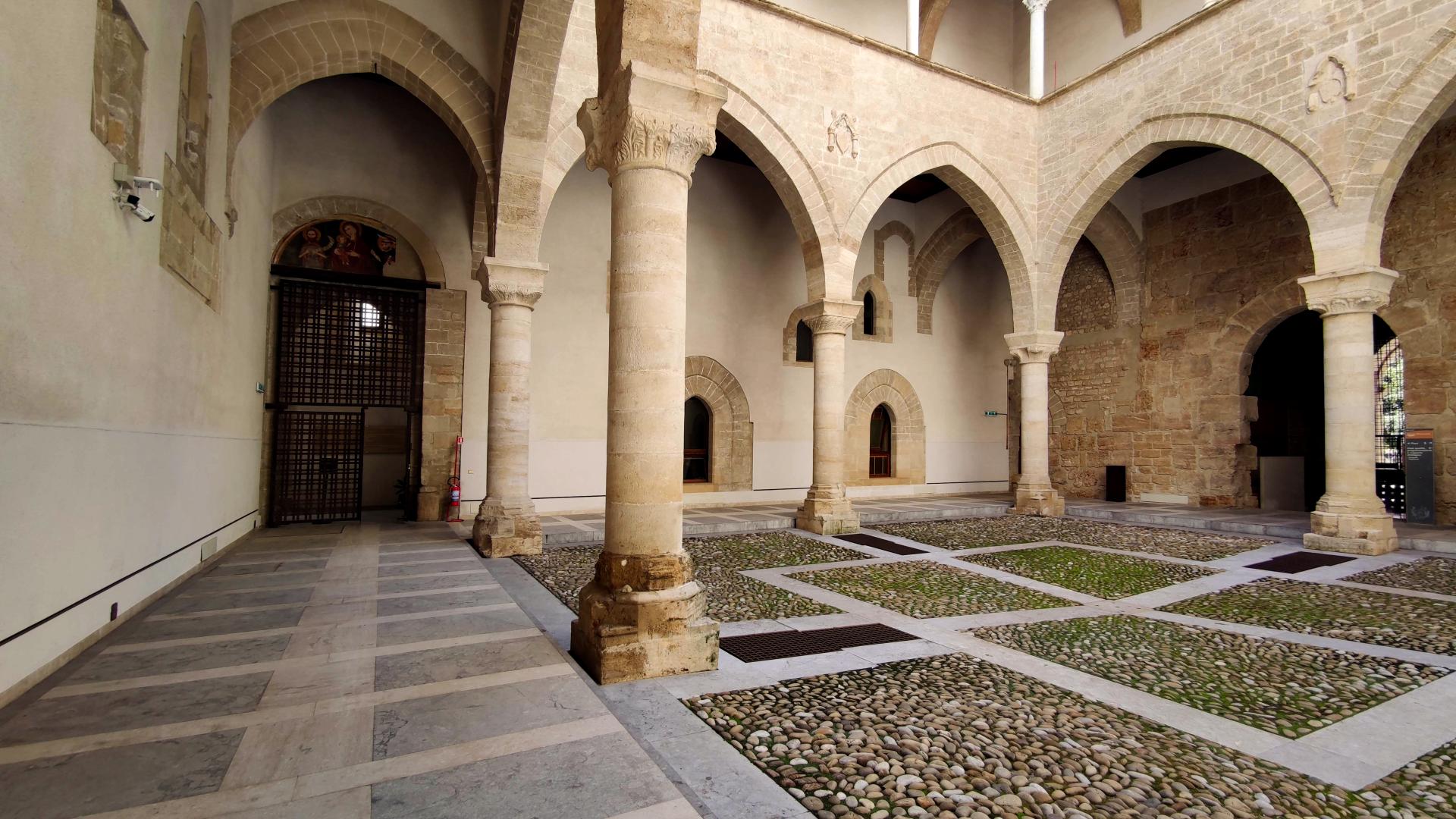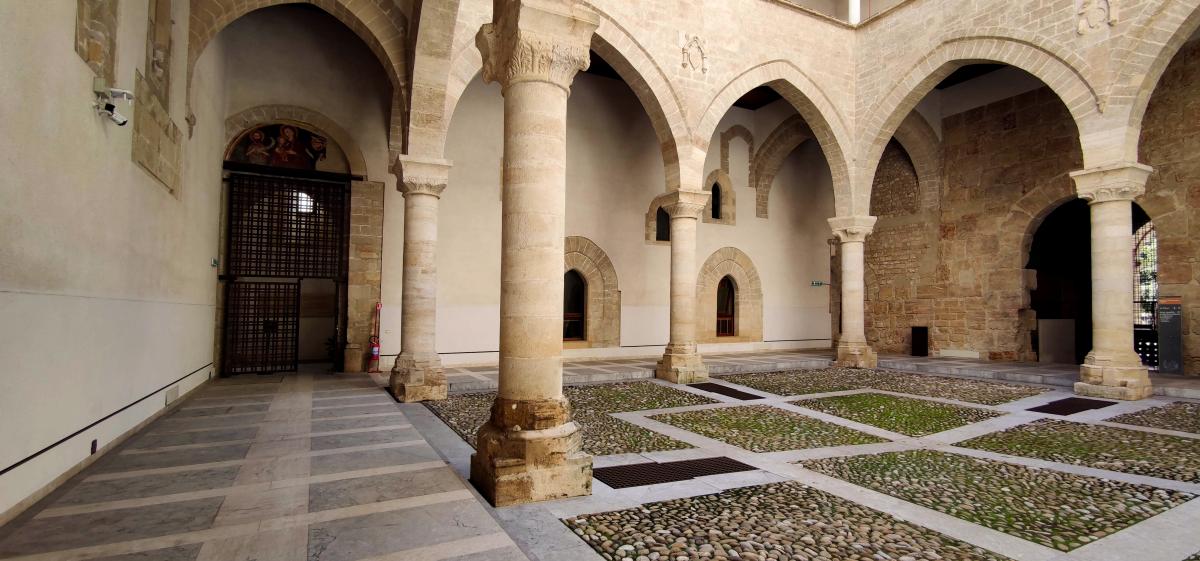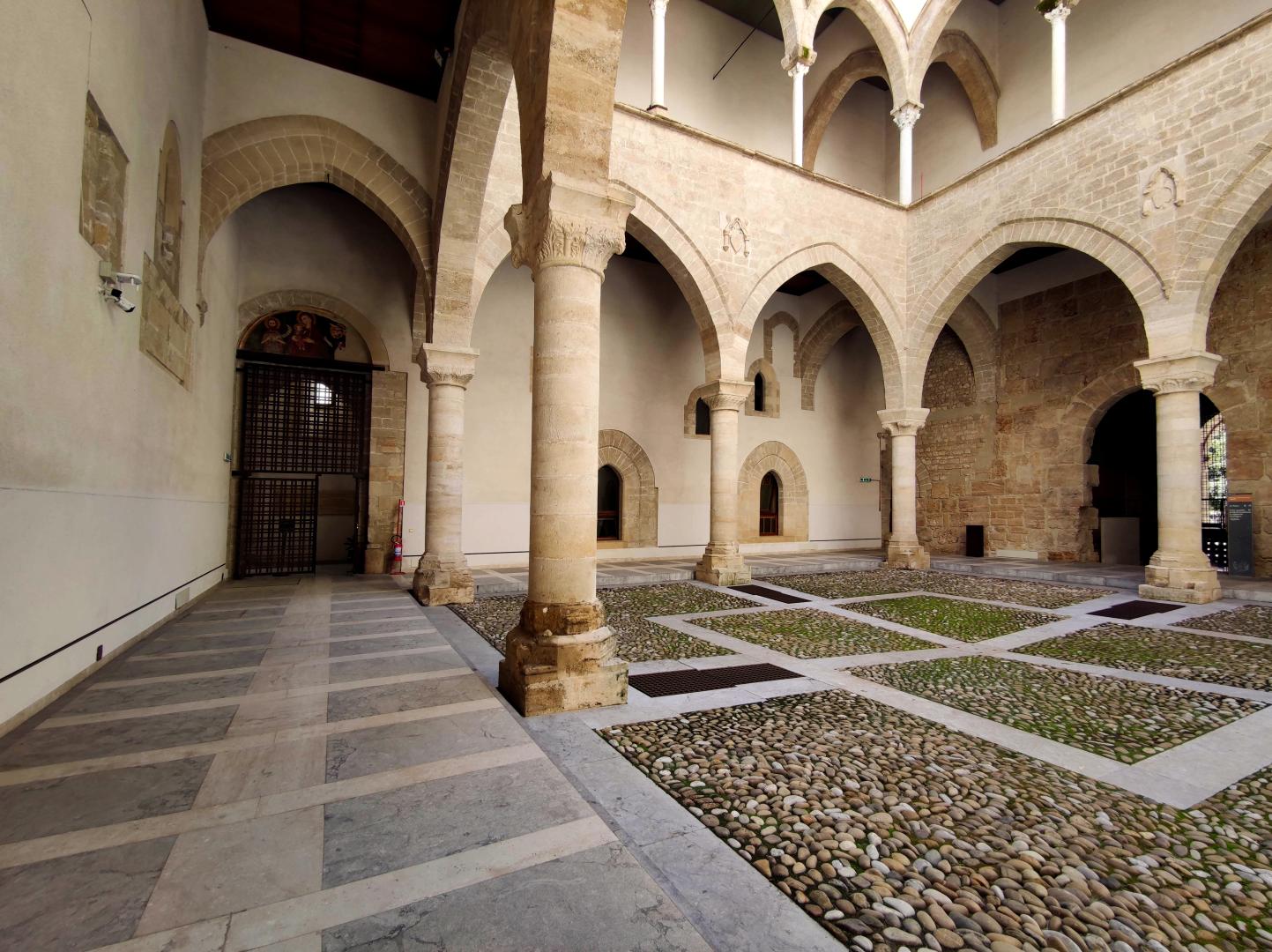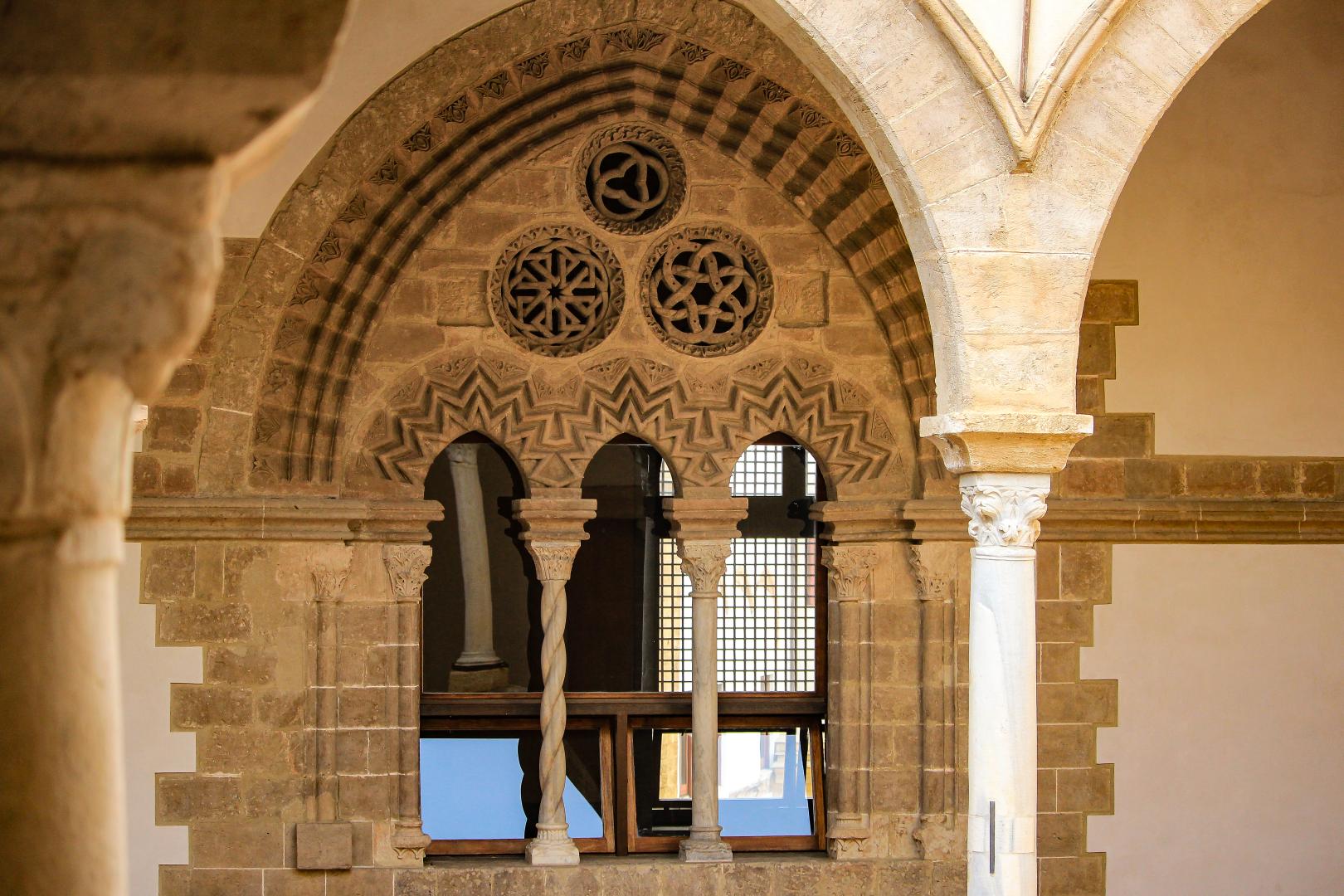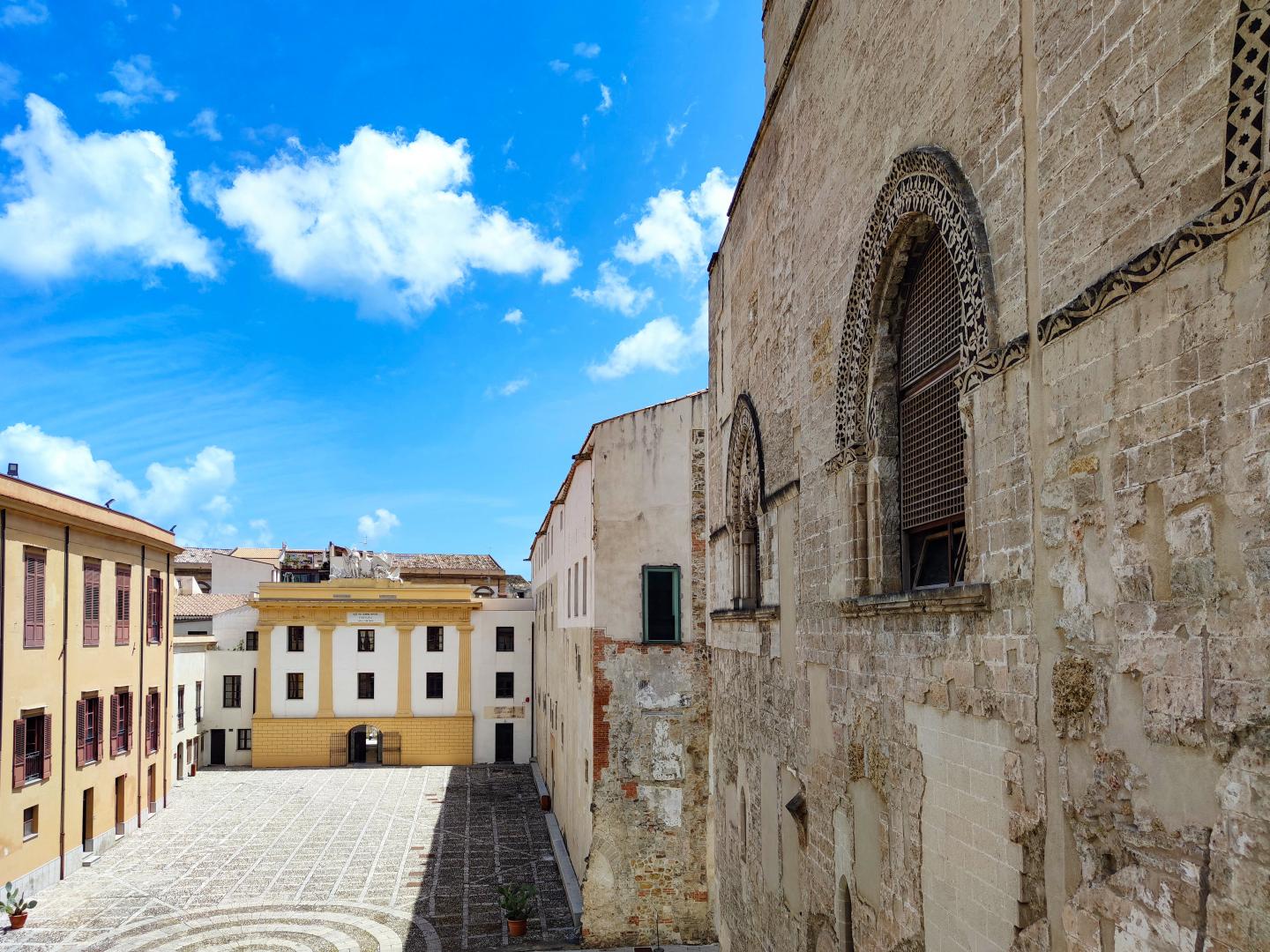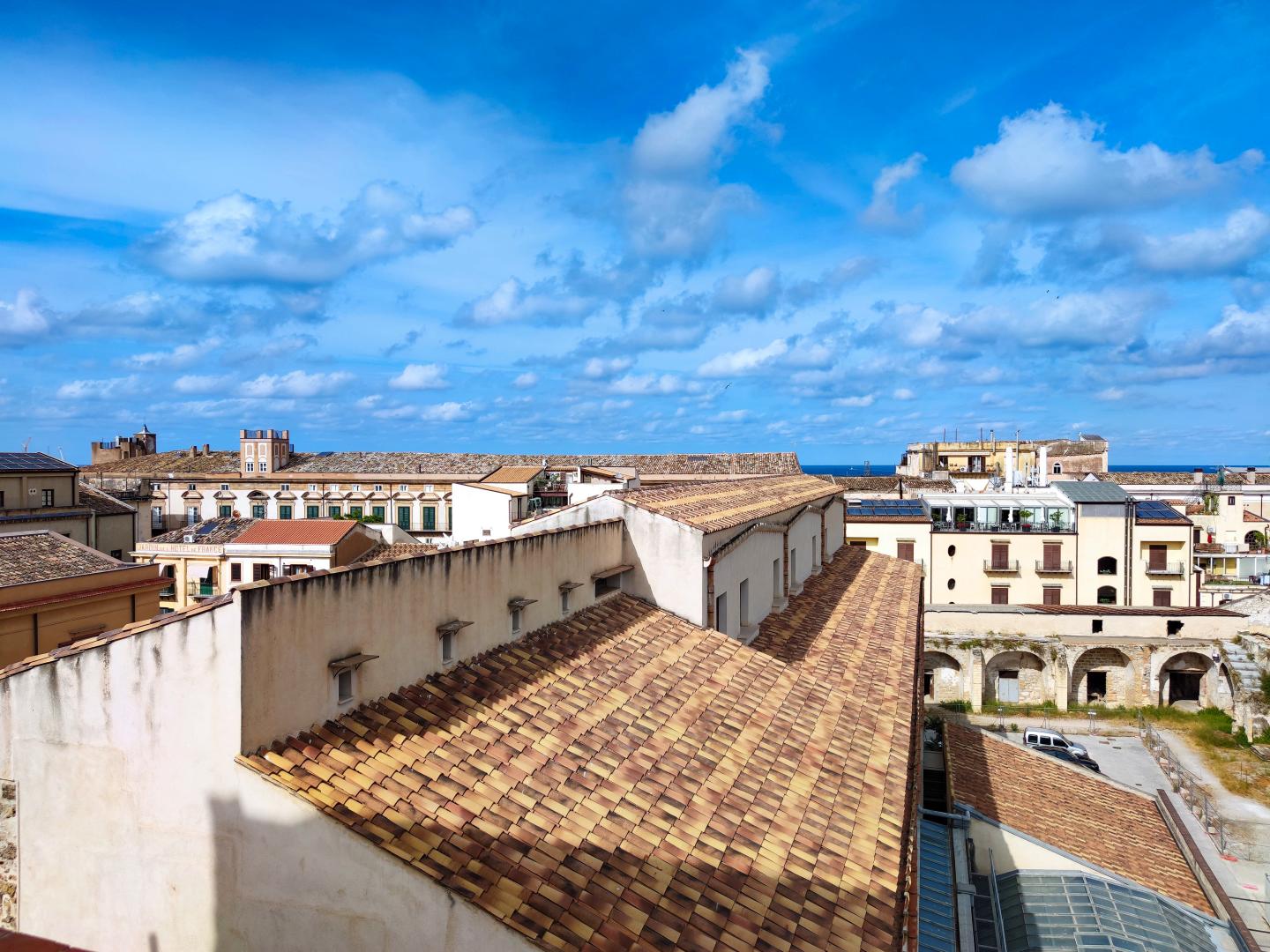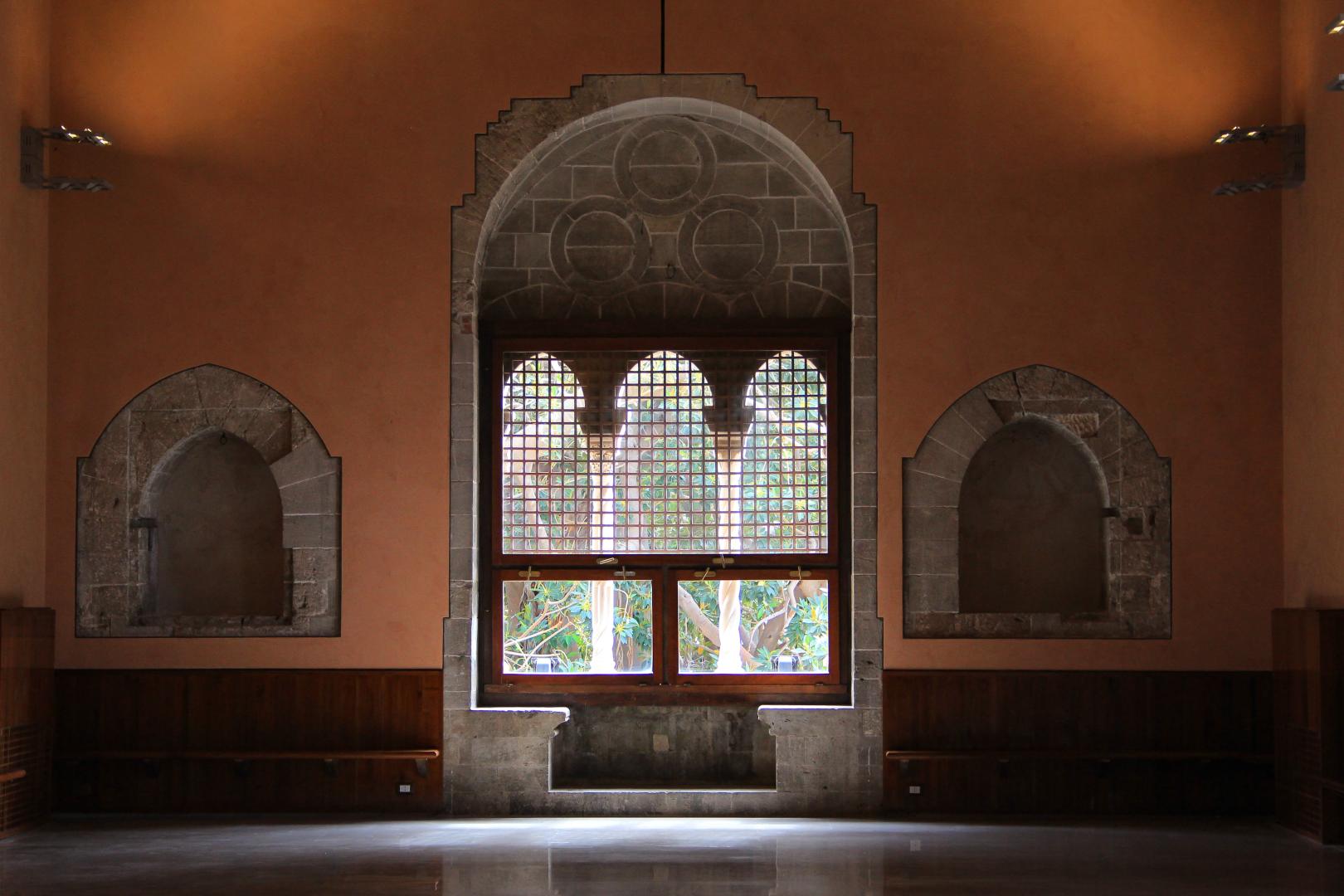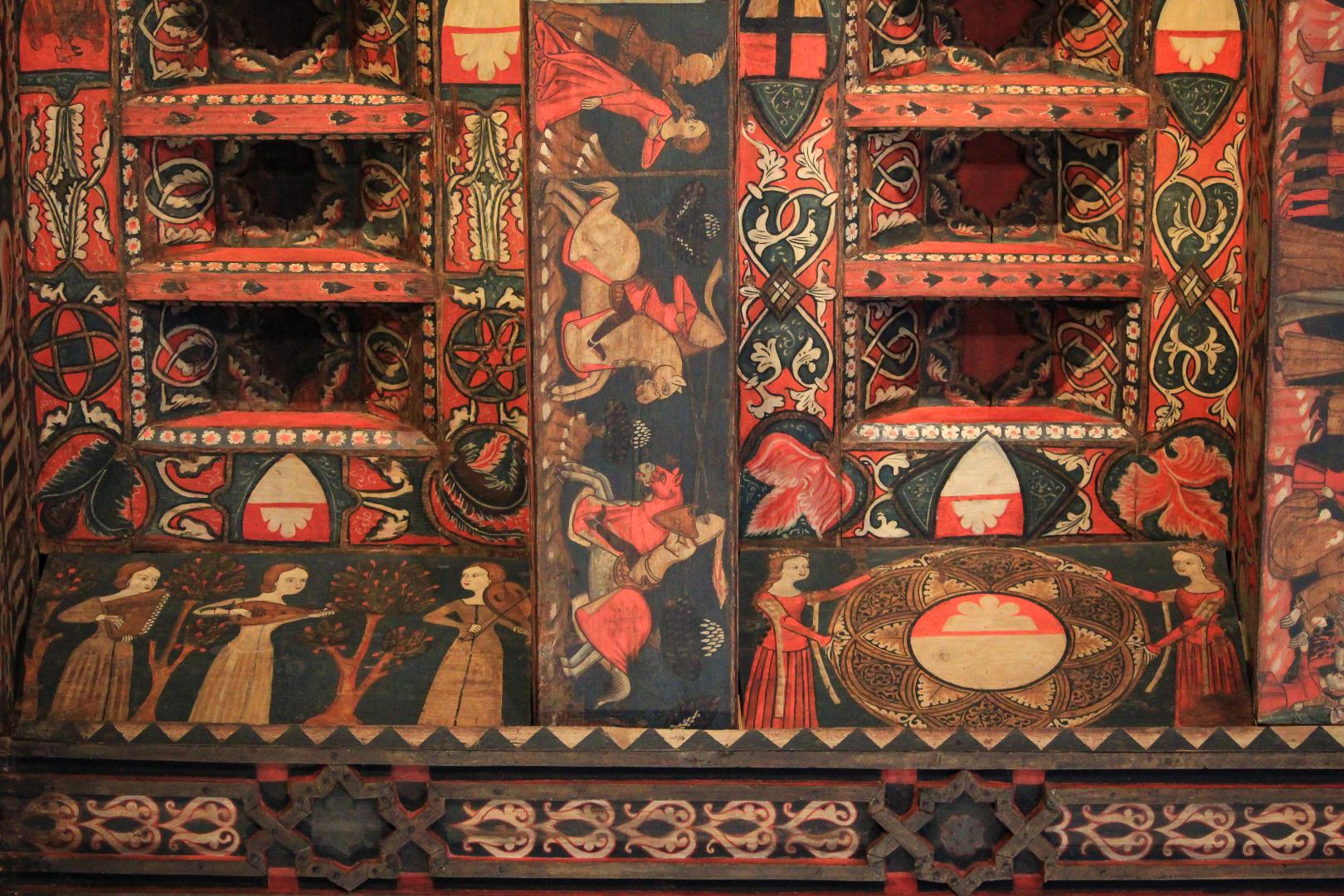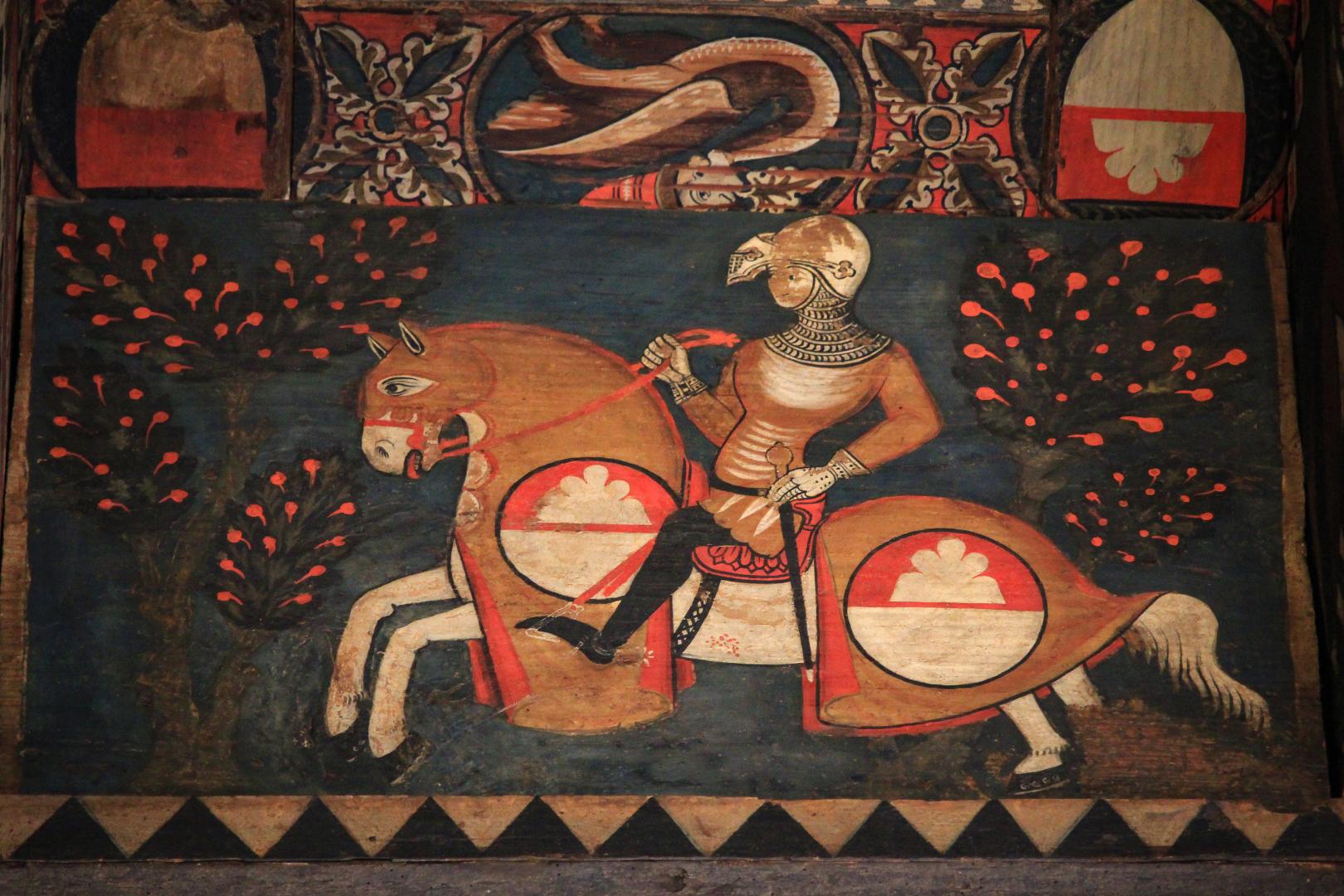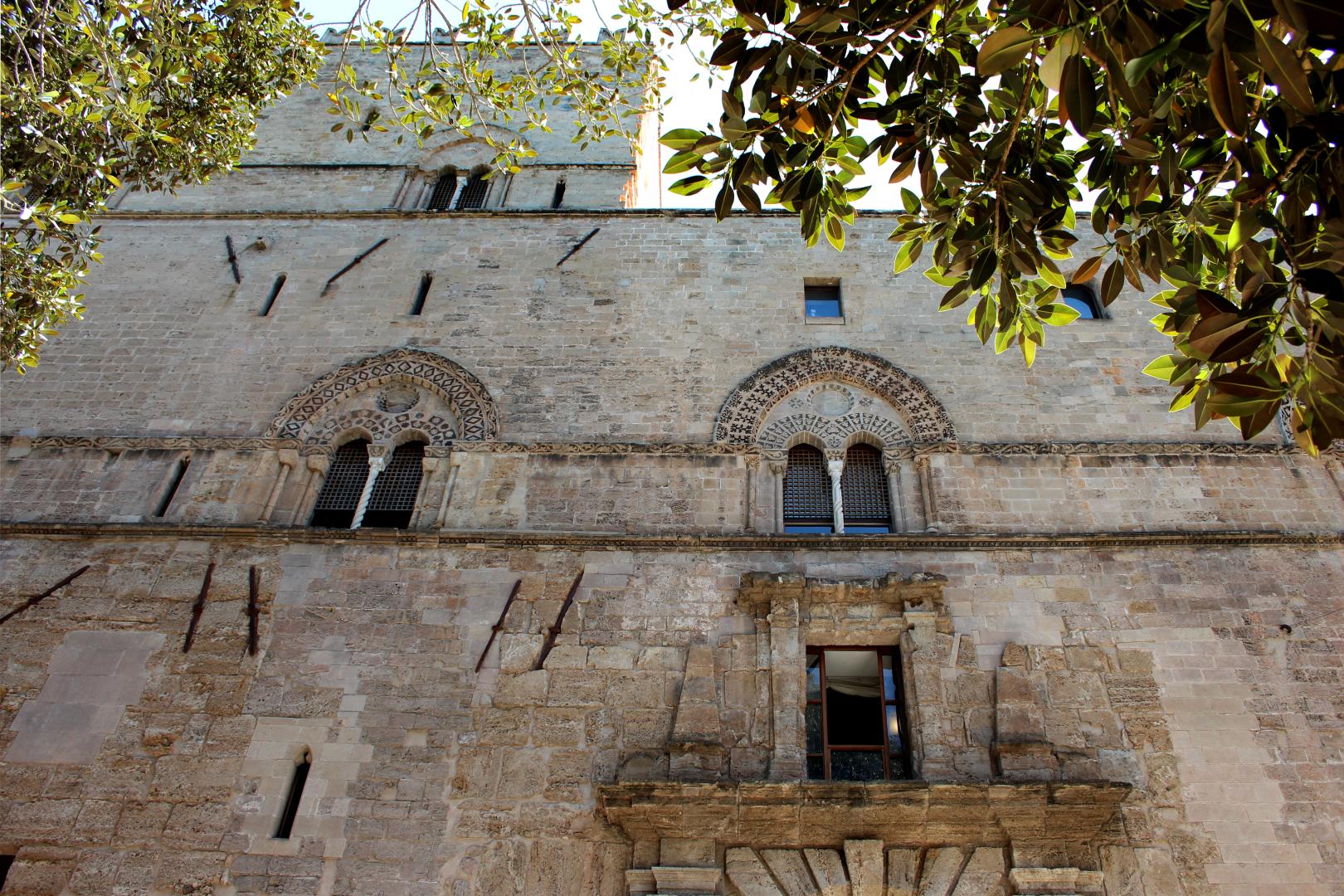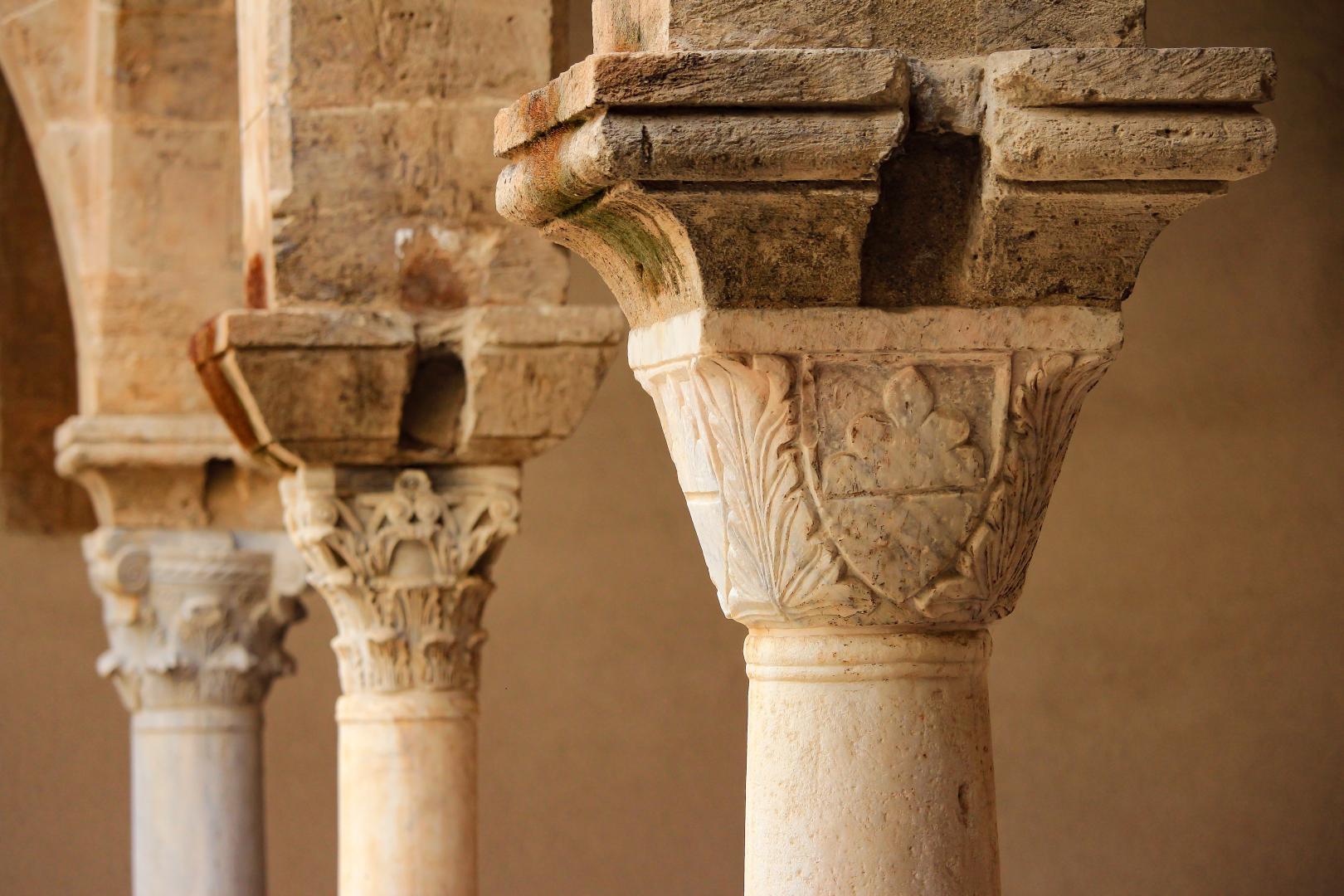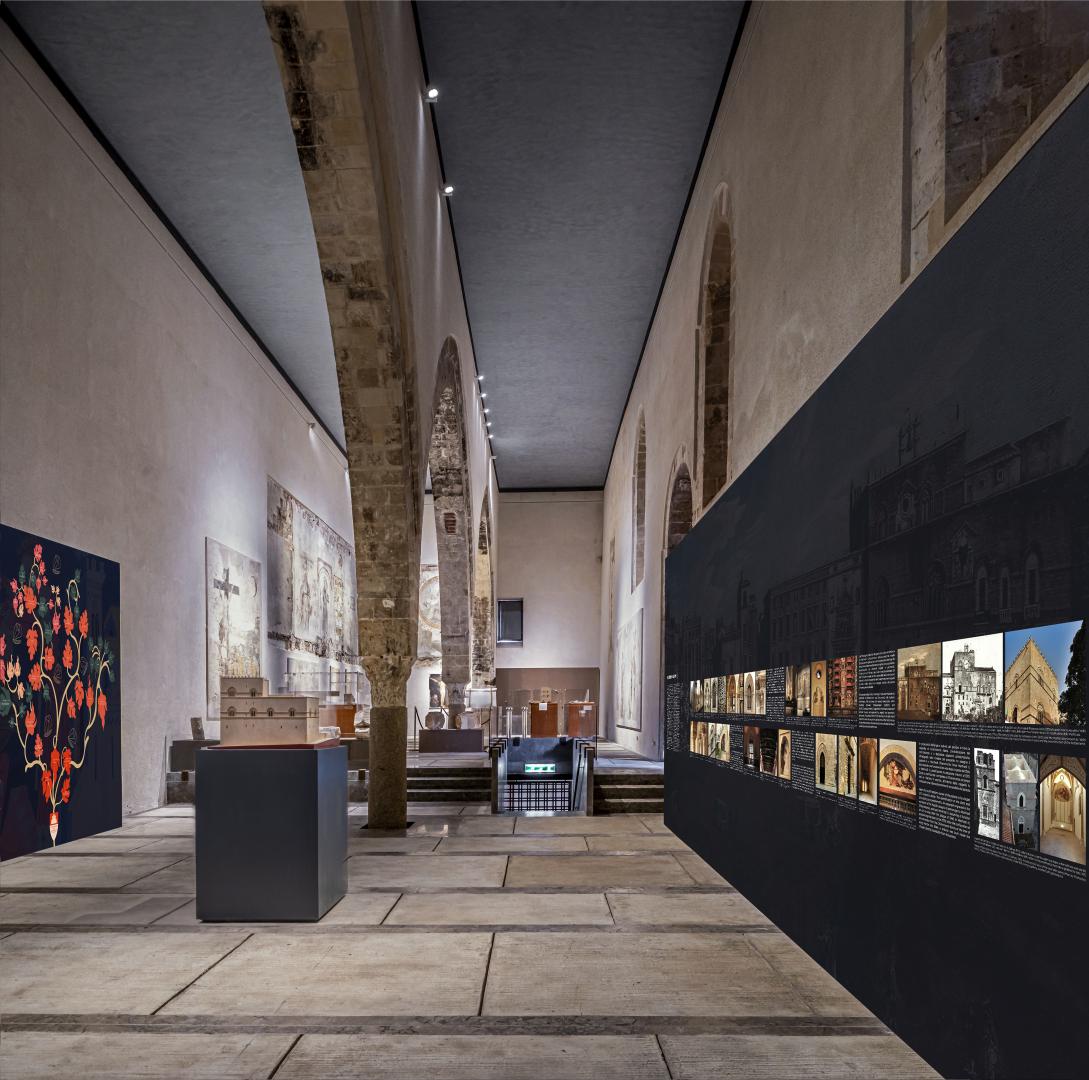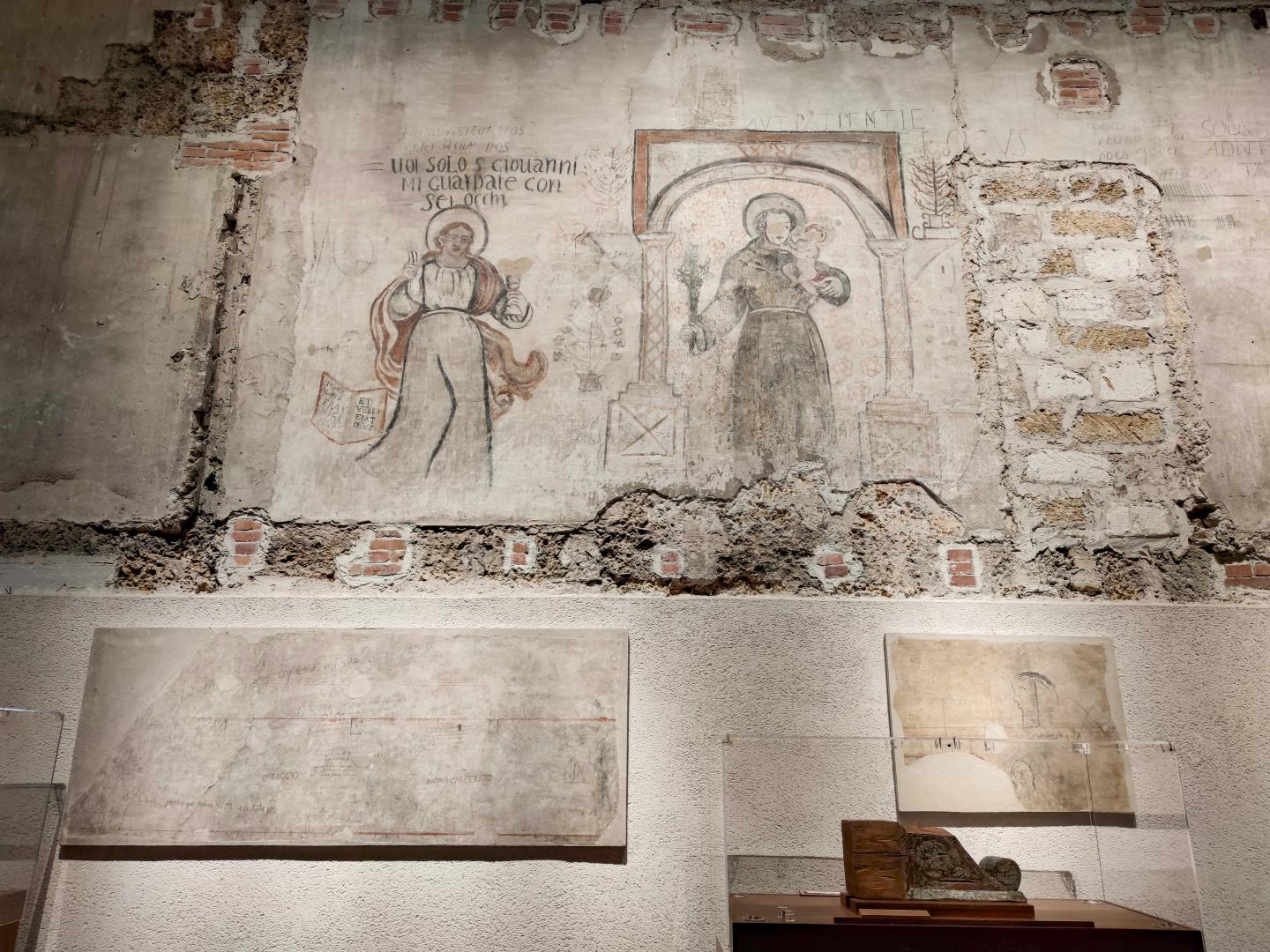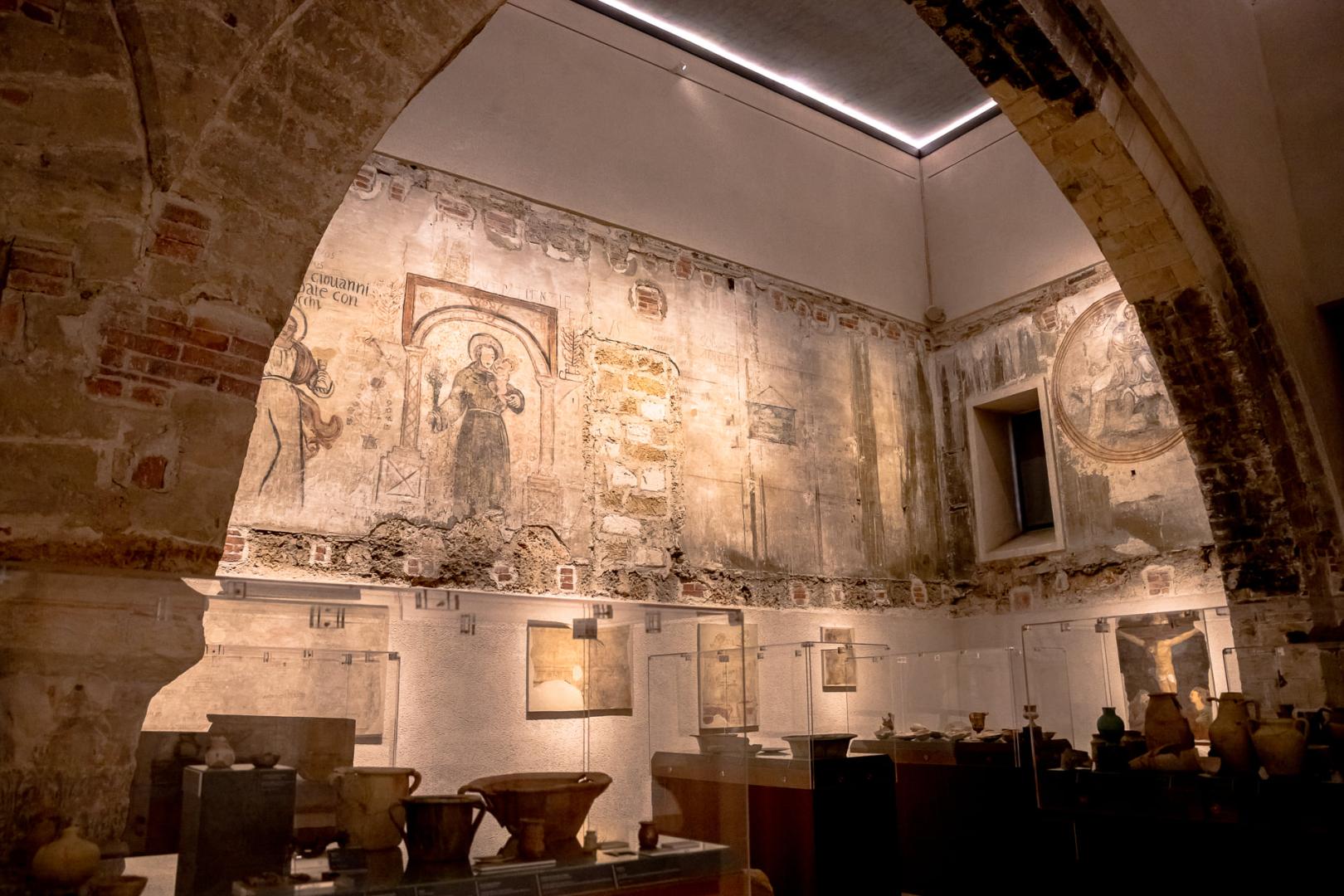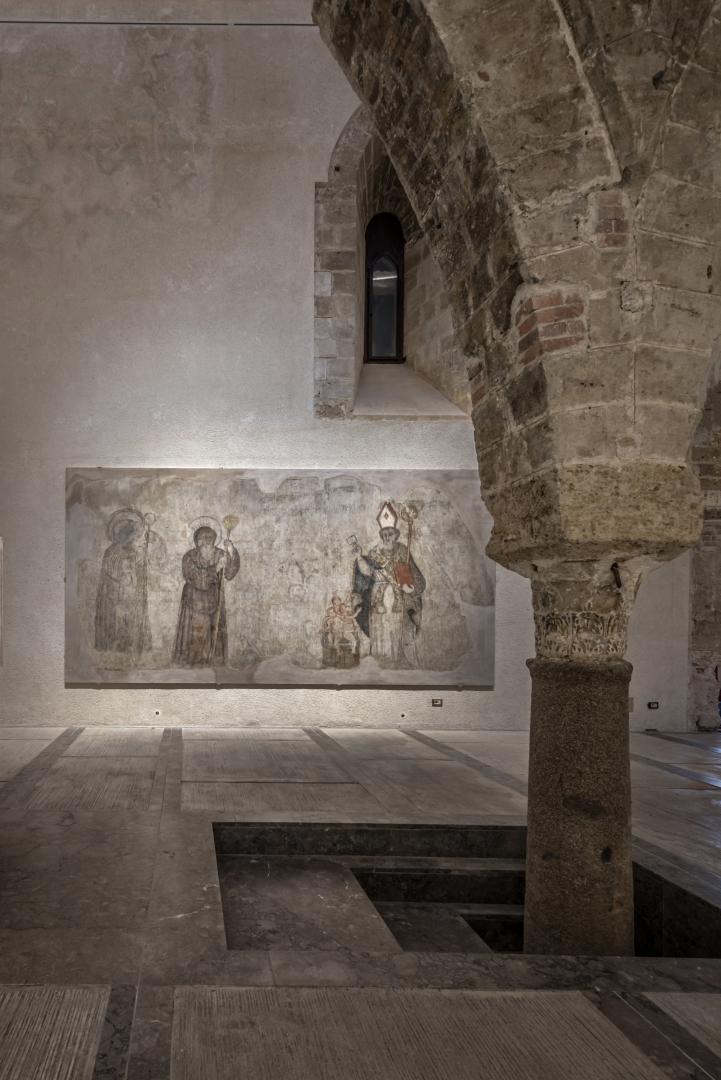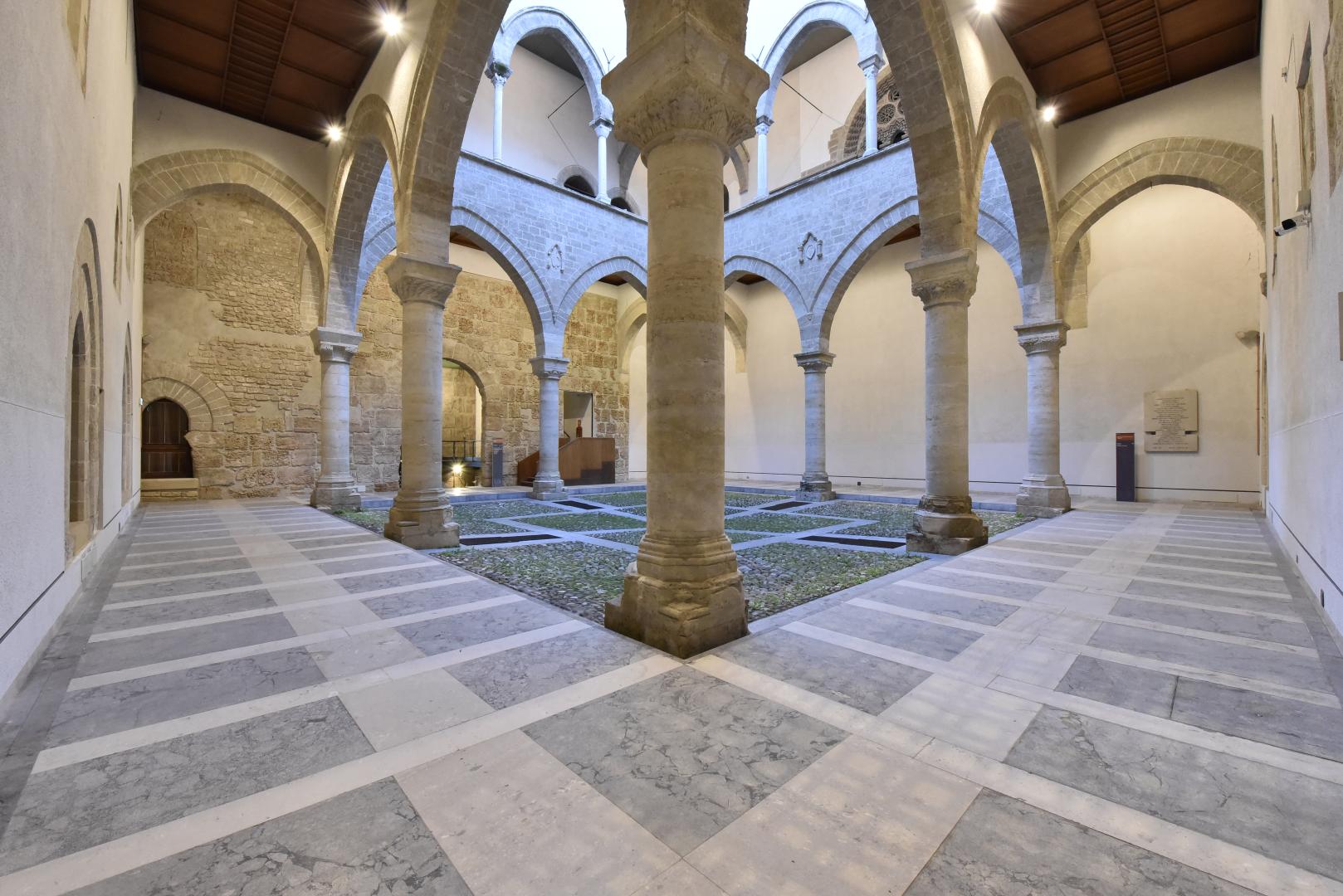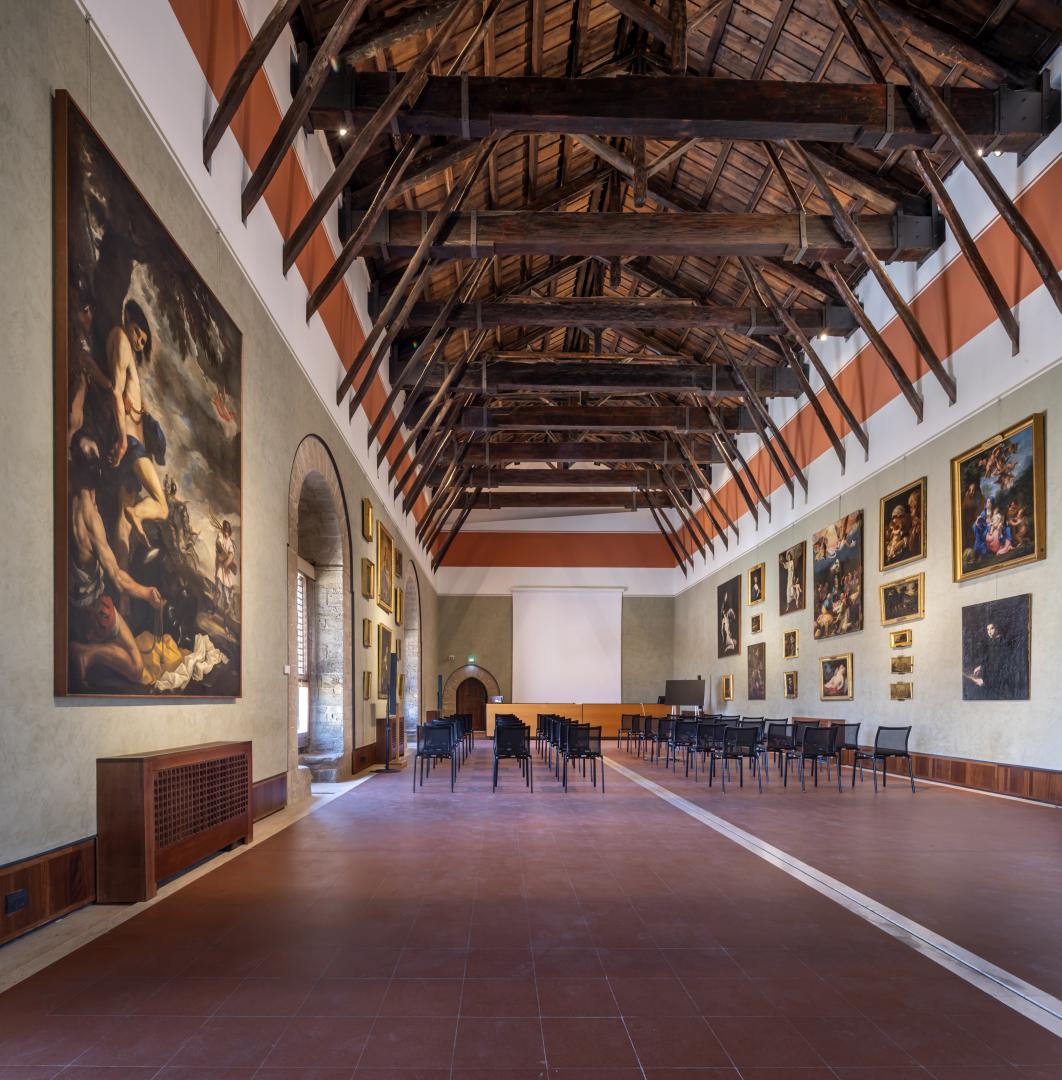Introduction
Palazzo Chiaromonte, known as the "Steri", is one of the symbolic places of the city of Palermo. It contains seven centuries of art and history of Sicily and is the first example of the new architectural style that appeared in Sicily at the beginning of the 14th century, named Chiaromonte style. Elegant and solemn, the palace is enriched by splendid colonnades and beautiful double and triple lancet windows.
History
The noble family reached the height of its power with Manfred III, admiral, vicar and duke of Djerba, who between the 1470s and 1480s commissioned the extraordinary wooden ceiling of the Sala Magna, a true treatise on medieval history restored and returned to its splendour at the end of 2019, shortly before the outbreak of the pandemic. But the Chiaromontes did not last long: after the arrival in Sicily of King Martin the Younger, his father Martin the Elder and Queen Maria, the family was overthrown and in 1392 Andrea Chiaromonte was accused of treason and beheaded. It was the end of the dynasty, Enrico Chiaromonte left Sicily forever in 1397.
The residence was conceived as an imposing cube with three elevations (the last of which remained unfinished) with a central square courtyard surrounded by a two-level loggia. After the confiscation of the Chiaromontes' assets, the palace became the vice royal seat between 1468 and 1517 and was then assigned to new institutional functions. In the following centuries, between 1601 and 1782 it was the seat of the Spanish Inquisition, a period in which the prisons and torture cells on the lower floor were built – the same, an extraordinary document of the period, a true cry of pain that today is part of the system of visits to the Steri, then the seat of the Customs, of the Courts of the Kingdom, until it was acquired in 1967 by the University of Palermo which in 1972 entrusted its restoration to a team of architects Roberto Calandra, Camillo Filangeri and Nino Vicari with the consultancy of Carlo Scarpa until 1978 (the year of his death). Who managed to sign a modern, conservative recovery, which included only materials compatible with the historical era and ingenious solutions to repair damage from previous interventions. This is the Steri as it appears today.
Read more
Address
Piazza Marina, 59 - 90133 Palermo
Follow Google Maps
Plan your visit
Open daily:
- 1st March - 31st October: 9:00-20:00 (last admission 19:00)
- 1st November - 28th February: 9:00-18:00 (last admission ore 17:00)
The site can be visited by purchasing the ticket at the entrance of Complesso Monumentale dello Steri or online


